Sindh braces for high flood in early September
Ministers urge preparedness, focus on riverine villages for evacuation and relief
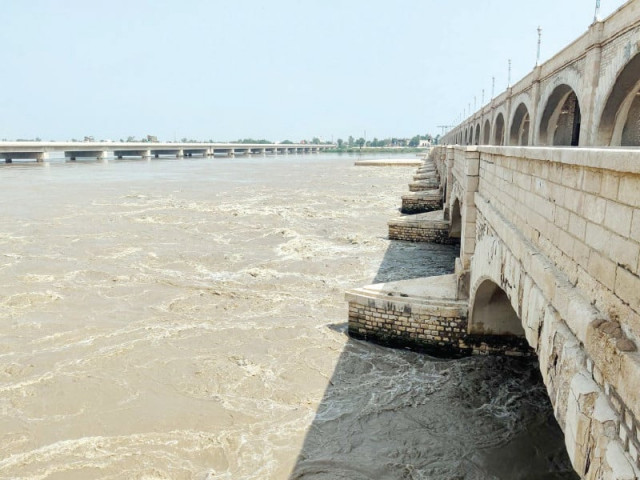
As Punjab faces a serious flood situation, Sindh is also preparing for the possible impact of a major water surge expected to affect hundreds of thousands living in riverbed areas, while residents of mainland regions are likely to remain safe.
Sindh Irrigation Minister Jam Khan Shoro, speaking at a press conference in Sukkur on Thursday alongside provincial minister Syed Nasir Hussain Shah, confirmed that the irrigation department and district administrations have been placed on high alert.
“Undoubtedly, riverbed areas in Sindh will be affected, just as we have seen a sudden increase in water levels in Punjab’s rivers,” Shoro stated.
Although no updated figures are available, the Sindh government estimated in 2015 that around 414,000 people lived in flood-prone riverbed villages. The minister pointed out that Punjab had witnessed a sudden surge of 700,000 cusecs in just 13 hours, though he did not disclose the estimated volume expected to reach Guddu Barrage in Sindh.
The floodwater from Punjab’s rivers — Chenab, Ravi, and Sutlej — is expected to converge at Chahran Sharif, around 60 kilometres downstream of Panjnad, before entering Sindh. Shoro said that only once the torrents converge at Panjnad will the authorities be able to calculate the exact volume heading into Sindh. The deluge is expected to reach Guddu between September 2 and 3.
Read More: Punjab floods kill 17 as Chenab, Ravi, Sutlej rivers remain dangerously high
The irrigation department is monitoring all river readings to determine the potential impact. Riverine communities will be informed about the expected water flow at least two days before it reaches Guddu, though officials acknowledged that many residents in such areas often resist evacuation, trusting their own assessments over official warnings.
Shoro noted that the Sukkur Barrage, with a maximum capacity of 960,000 cusecs, has undergone significant upgrades. Sixteen gates have been replaced this year, and twenty more are scheduled for replacement next year. Chinese engineers are currently overseeing operational control as part of the ongoing rehabilitation project.
Minister Nasir Hussain Shah added that if the anticipated 700,000 cusecs of water enters Sindh, many residents in riverbed areas may begin self-evacuation. He confirmed that Chief Minister Murad Ali Shah has appointed focal persons across the province to coordinate relief efforts.
“At present, there is no alarming situation in Sindh, but the CM has ordered precautionary measures,” Shah said, adding that the current water level is manageable. However, he warned that complacency is not an option, especially with unpredictable rains and potential floodwater releases from India.
Control rooms set up as Sindh braces for flood
Meanwhile, Sindh Chief Secretary Asif Hyder Shah has ordered the establishment of control rooms and round-the-clock monitoring to address the looming flood threat in the province.
Chairing a high-level meeting on Thursday, attended by officials from the irrigation, local government, health, livestock, and public health departments, he directed that all flood preparedness measures be completed on a war footing.
With heavy rains in Punjab raising the risk of major flooding downstream, the provincial administration has placed all deputy commissioners on high alert.
Also Read: NDMA issues alert for further rains from August 29
Control rooms will be established at the chief secretary’s office, as well as at divisional and district levels, to ensure continuous monitoring and swift redressal of public complaints. All leave for essential service departments has been cancelled.
Emergency plans are being drawn up with a focus on safeguarding people and livestock. The health department has been tasked with ensuring stocks of medicines and vaccines for waterborne diseases, snakebites, and rabies, while the livestock department has been directed to complete vaccination of animals against flood-related infections.
The chief secretary stressed the need for close coordination among civil administration, armed forces, navy, and rescue services to enable timely rescue and relief operations. He also instructed regular media briefings to keep the public informed about government preparations and relief efforts.



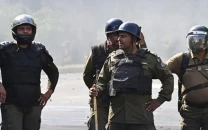


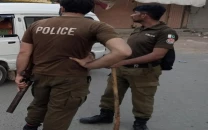



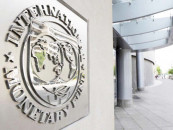
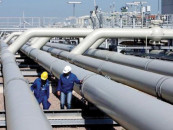







COMMENTS
Comments are moderated and generally will be posted if they are on-topic and not abusive.
For more information, please see our Comments FAQ